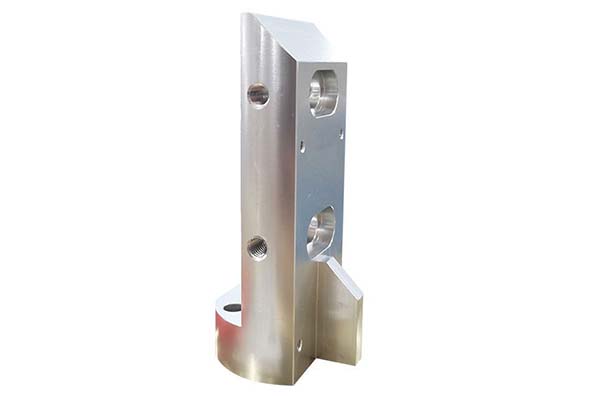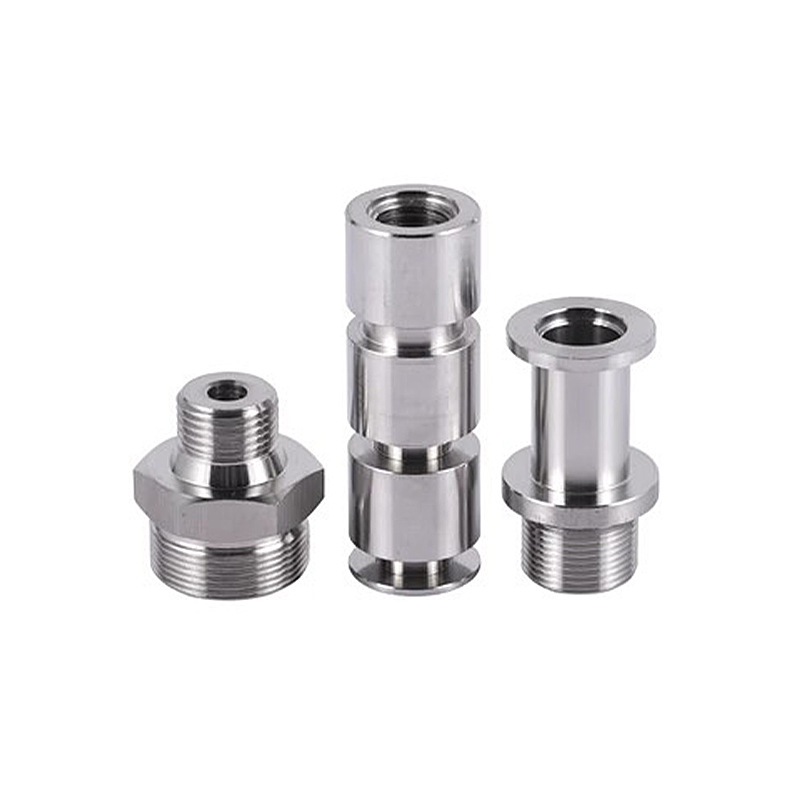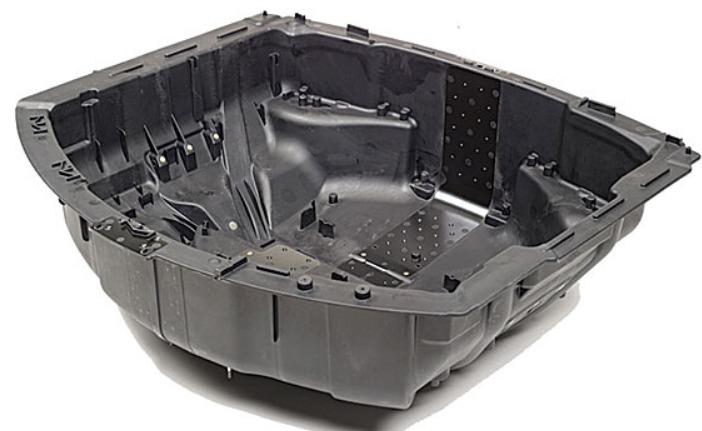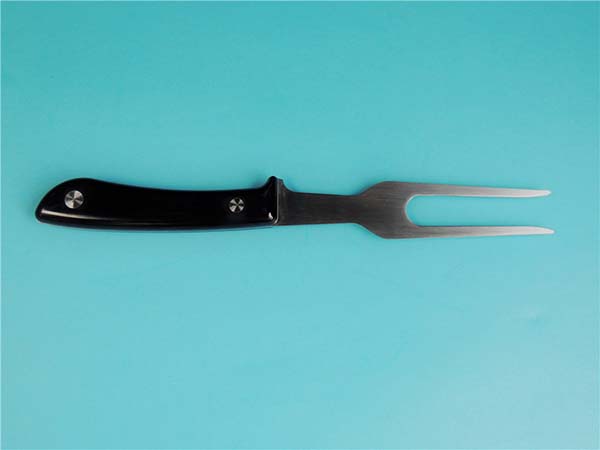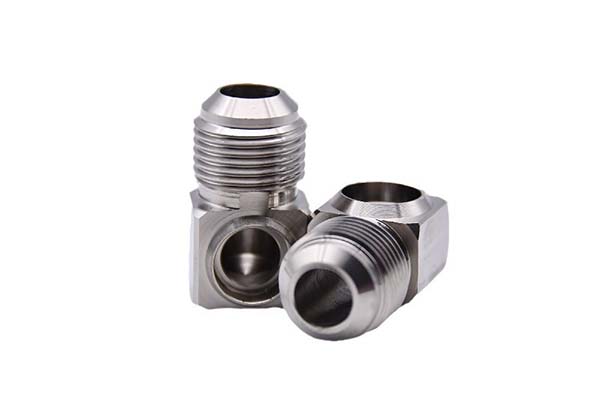If you’ve ever wondered how metal parts for cars, airplanes, or even household tools are shaped with such precision, you’re probably thinking about mechanical machining. It’s the backbone of manufacturing, turning raw materials like metal, plastic, and wood into functional, accurate components. Whether you’re a hobbyist just starting out or a seasoned engineer looking to refine your processes, this guide will walk you through everything you need to know—from basic techniques to advanced optimization.
1. What Is Mechanical Machining, and Why Does It Matter?
At its core, mechanical machining is a subtractive manufacturing process: it removes material from a workpiece to create the desired shape, size, or surface finish. Unlike 3D printing (additive manufacturing) or casting (formative manufacturing), machining excels at producing high-precision parts with tight tolerances—often as small as 0.001 inches.
Why It’s Indispensable
- Precision: Critical for industries like aerospace, where a tiny error could lead to catastrophic failures. For example, jet engine turbine blades require machining tolerances of ±0.0005 inches to perform safely at high speeds.
- Versatility: Works with hundreds of materials, from aluminum and steel to titanium and composites.
- Consistency: Produces identical parts in large quantities, which is essential for mass production (e.g., smartphone components).
A real-world example: When I worked with a small automotive parts supplier last year, they relied on machining to produce custom brake calipers. Using a combination of milling and drilling, they achieved a surface finish of 32 RMS (a measure of smoothness)—a level impossible with casting alone. This precision ensured the calipers fit perfectly with other brake components, reducing noise and improving safety.
2. Conventional Cutting Processes: The Building Blocks of Machining
Conventional cutting processes are the most common methods in machining, using sharp tools to remove material. Let’s break down the key techniques and when to use them.
| Process | What It Does | Common Uses | Example Scenario |
| Turning | Rotates the workpiece while a tool moves linearly to cut shapes (e.g., cylinders). | Axles, bolts, pipes, shafts. | Making a metal rod for a bicycle pedal. |
| Milling | Uses a rotating tool to cut flat, curved, or complex shapes (e.g., slots). | Gearboxes, engine blocks, custom brackets. | Creating a slot in a aluminum housing for electronics. |
| Drilling | Creates holes in the workpiece using a rotating drill bit. | Holes for screws, pipes, or wiring. | Drilling holes in a wooden shelf for assembly. |
| Boring | Enlarges or refines existing holes to improve accuracy. | Engine cylinders, bearing seats. | Fixing a slightly off-center hole in a steel plate. |
| Reaming | Smooths and sizes drilled holes to tight tolerances (e.g., ±0.0001 inches). | Holes for precision fasteners or bearings. | Preparing a hole to fit a stainless steel bearing. |
| Tapping | Creates internal threads (e.g., for screws) in a drilled hole. | Nut threads, threaded holes in machinery. | Adding threads to a metal block so a bolt can screw into it. |
Pro tip: For beginners, start with drilling or turning—they’re simpler to learn than milling (which requires more precise tool path planning). When I taught a machining workshop last summer, students mastered basic drilling in just a few hours, but it took a full day to get comfortable with milling complex shapes.
3. Material Removal Mechanism: How Machining Actually Works
You might think machining is just “cutting metal,” but there’s a lot of science behind it. Understanding the material removal mechanism helps you avoid tool damage, improve surface finish, and reduce costs. Let’s break down the key concepts.
The Science of Chip Formation
When a cutting tool touches the workpiece, two main things happen:
- Shear Deformation: The material in front of the tool is pushed sideways, creating a “shear zone” (a narrow area where the material changes shape).
- Chip Formation: The deformed material breaks off as chips—and the type of chip tells you a lot about your process.
| Chip Type | What It Looks Like | What It Means for Your Process |
| Continuous Chip | Long, curly, and smooth (like a metal ribbon). | Ideal! Indicates sharp tools, correct speed, and ductile materials (e.g., aluminum, mild steel). |
| Discontinuous Chip | Short, broken pieces (like small shavings). | Common with brittle materials (e.g., cast iron) or dull tools. Can cause rough surface finish. |
| Built-up Edge (BUE) | A clump of material stuck to the tool’s tip. | Bad! BUE can scratch the workpiece, reduce tool life, and ruin precision. Caused by low cutting speed or sticky materials (e.g., aluminum). |
Real-World Example: A few years ago, a client came to me with a problem: their aluminum parts had rough, scratched surfaces. After checking their process, I found they were using a cutting speed of 50 SFM (surface feet per minute)—way too low for aluminum. By increasing the speed to 300 SFM, we eliminated the built-up edge and achieved a smooth 63 RMS finish.
Key Forces at Play
- Cutting Force: The force the tool exerts on the workpiece. Too much force can bend the workpiece or break the tool. For example, drilling a 1-inch hole in stainless steel requires about 500–800 pounds of force—so you need a rigid machine to avoid vibration.
- Tool-Workpiece Interface: The area where the tool and workpiece touch. Friction here generates heat, which can soften the tool (reducing its life) or warp the workpiece. Using coolants can reduce friction by up to 30%.
4. Cutting Tool Technology: Choosing the Right Tool for the Job
The cutting tool is the “heart” of machining—choose the wrong one, and you’ll get poor results, wasted time, and extra costs. Let’s cover the key factors: tool geometry, tool materials, and tool life.
Tool Geometry: Angles That Matter
Two critical angles affect performance:
- Rake Angle: The angle between the tool’s top surface and a horizontal line. A positive rake angle (5–15 degrees) reduces cutting force and heat—great for soft materials like aluminum. A negative rake angle (-5 to -10 degrees) is stronger, making it ideal for hard materials like titanium or cast iron.
- Clearance Angle: The angle between the tool’s bottom surface and the workpiece. Typically 5–12 degrees, it prevents the tool from rubbing against the workpiece (which causes wear and rough finishes).
Professional Insight: When machining hard steel (e.g., 4140 alloy steel), I always use a negative rake angle (-7 degrees) and a larger clearance angle (10 degrees). This combination reduces tool wear by 20–30% compared to a positive rake angle.
Tool Materials: Which One to Pick?
Different materials work for different jobs—here’s a quick guide:
| Tool Material | Hardness (HRC) | Best For | Tool Life (Typical) |
| High-Speed Steel (HSS) | 60–65 | Soft materials (aluminum, brass), low-speed jobs. | 1–2 hours (drilling mild steel) |
| Carbide Tools | 80–85 | Most metals (steel, stainless steel), high-speed machining. | 4–8 hours (milling 1018 steel) |
| Ceramic Tools | 90–95 | Very hard materials (cast iron, hardened steel). | 10–15 hours (turning cast iron) |
| CBN (Cubic Boron Nitride) | 95–100 | Hardest materials (titanium, superalloys). | 20–30 hours (machining Inconel) |
| PCD (Polycrystalline Diamond) | 100 | Non-metals (plastics, composites, wood). | 50+ hours (machining plastic parts) |
Data Point: Carbide tools are the most popular in industry—they’re used for 70% of all machining jobs, according to a 2024 survey by the American Machinists Association. They balance cost, speed, and durability better than other materials.
Tool Wear and Tool Life
No tool lasts forever—tool wear happens over time, and knowing when to replace your tool saves money. The most common types of wear are:
- Flank Wear: Wear on the tool’s side (caused by rubbing against the workpiece).
- Crater Wear: A “dent” on the tool’s top surface (caused by high heat and chip flow).
A good rule of thumb: Replace the tool when flank wear reaches 0.015 inches (for carbide tools) or 0.030 inches (for HSS tools). For example, when milling 1018 steel at 300 SFM, a carbide tool will typically last 6 hours before needing replacement.
5. Machining Parameters and Optimization: Get the Best Results Every Time
Even the best tools and machines won’t work well if your parameters are off. Machining parameters are the settings you control—like speed, feed rate, and depth of cut—and optimizing them is key to quality and efficiency.
Key Parameters to Master
- Cutting Speed (SFM): How fast the tool moves across the workpiece (measured in surface feet per minute). Too slow = BUE and rough finishes; too fast = tool overheating.
- Example: For aluminum, use 200–400 SFM; for stainless steel, use 50–150 SFM.
- Feed Rate (IPR): How far the tool moves per revolution (measured in inches per revolution). Too high = tool breakage; too low = slow production.
- Example: For drilling a 0.5-inch hole in steel, use 0.005–0.010 IPR.
- Depth of Cut (DOC): How much material is removed in one pass. Typically 0.1–0.5 inches for roughing; 0.001–0.01 inches for finishing.
How to Optimize for Quality and Cost
Optimization is about balancing three things: surface finish, tool life, and machining time (cost). Here’s a step-by-step approach I use with clients:
- Start with roughing: Use a high DOC (0.2–0.5 inches) and moderate feed rate to remove most material quickly.
- Finish with precision: Lower the DOC (0.005–0.01 inches) and slow the feed rate to improve surface finish.
- Test and adjust: Run a small batch, check the finish and tool wear, then tweak the speed/feed. For example, if the finish is too rough, lower the feed rate by 10%.
Case Study: A furniture manufacturer was spending 2 hours machining each wooden table leg (using a slow feed rate for “safety”). By increasing the feed rate from 0.005 to 0.015 IPR (while keeping the speed the same), they cut machining time to 45 minutes—saving $1,200 per week in labor costs. The surface finish was still smooth enough for their needs!
The Role of Coolants and Lubricants
Coolants and lubricants are often overlooked, but they’re critical:
- Cooling: Reduce heat from friction (prevents tool softening and workpiece warping).
- Lubrication: Reduce friction between the tool and chip (improves finish and tool life).
- Chip removal: Flush chips away from the cutting area (prevents scratching).
Recommendation: For metal machining, use water-soluble coolants (they’re cheaper and easier to clean than oil-based ones). For wood or plastic, use light oil or even just compressed air (to avoid staining).
6. Machine Tools and Components: What You Need to Get Started
You can’t do machining without the right equipment. Let’s cover the essential machines and components, plus how to choose them for your needs.
Essential Machine Tools
| Machine Type | What It’s Used For | Best For Beginners? | Price Range (New) |
| Lathe | Turning (cylinders, cones, threads). | Yes (simple to learn) | \(2,000–\)20,000 |
| Milling Machine | Milling (flat surfaces, slots, complex shapes). | No (needs more skill) | \(5,000–\)50,000 |
| Drill Press | Drilling and tapping holes. | Yes (very beginner-friendly) | \(500–\)5,000 |
Beginner Tip: Start with a benchtop lathe or drill press (under $3,000). They’re small, safe, and perfect for learning the basics. I recommend the Grizzly G0758 benchtop lathe—it’s affordable and durable for hobbyists.
Key Components for Precision
Even a great machine needs the right accessories to work well:
- Workholding: Keeps the workpiece secure. Common options:
- Chucks: Hold round workpieces (e.g., rods) on lathes.
- Vises: Hold flat workpieces (e.g., plates) on milling machines.
- Fixtures: Custom jigs for repeatable parts (e.g., machining 100 identical brackets).
- Tool Holders: Secure the tool to the machine. For example, a collet chuck holds drill bits tightly to prevent wobble.
- Spindle: The rotating part of the machine that drives the tool or workpiece. A high-precision spindle (with less than 0.0001 inches of runout) ensures accurate cuts.
Professional Insight: Invest in quality workholding first. A cheap vise that slips can ruin a \(100 workpiece. I once had a client who tried to save money on a vise—they ended up scrapping 20 aluminum parts before buying a better one. The upgrade cost \)200 but saved them $1,000 in wasted material.
Machine Accuracy and Stiffness
Two factors determine how well a machine performs:
- Accuracy: How close the machine’s cuts are to the desired dimensions. Measured in inches per foot (e.g., ±0.001 inches per foot).
- Stiffness: How well the machine resists bending under cutting force. A stiff machine reduces vibration, which improves finish and tool life.
Data Point: Industrial-grade milling machines have an accuracy of ±0.0005 inches per foot, while hobbyist machines are around ±0.001–0.002 inches per foot. For most hobby projects, ±0.002 inches is more than enough—but for aerospace parts, you need the industrial grade.
Yigu Technology’s View on Mechanical Machining
Mechanical machining remains a cornerstone of modern manufacturing, and its value lies in blending tradition with innovation. At Yigu Technology, we see two key trends shaping its future: smart machining (integrating sensors to monitor tool wear in real time) and sustainability (using eco-friendly coolants and optimizing processes to reduce waste). For businesses, investing in employee training for advanced machining techniques is as crucial as upgrading equipment—skilled operators can maximize the potential of even mid-range machines. We also believe that for small manufacturers, focusing on niche, high-precision parts (where machining excels) is a viable way to compete with larger firms. Ultimately, mechanical machining isn’t just about cutting material—it’s about crafting reliability, and that’s a need that will never go away.
FAQ: Common Questions About Mechanical Machining
Q1: What’s the difference between conventional machining and CNC machining?
A: Conventional machining is manual—an operator controls the tool and workpiece (e.g., turning a handwheel on a lathe). CNC (Computer Numerical Control) machining uses computers to automate the process, so you program the tool path in advance. CNC is faster, more consistent, and better for complex parts, but conventional machining is cheaper and simpler for small batches or hobby projects.
Q2: Which material is the hardest to machine?
A: Superalloys like Inconel (used in jet engines) are the hardest—they have high heat resistance and strength, which causes rapid tool wear. Machining Inconel requires CBN tools, low cutting speeds (20–50 SFM), and plenty of coolant.
Q3: How can I improve the surface finish of my parts?
A: Start with a sharp tool (dull tools cause rough finishes). Then, lower the feed rate (try reducing it by 10–20%) and use a light depth of cut for finishing passes. Using a coolant also helps by reducing friction. For example, switching from dry machining to using coolant can improve finish from 125 RMS to 63 RMS on aluminum.
